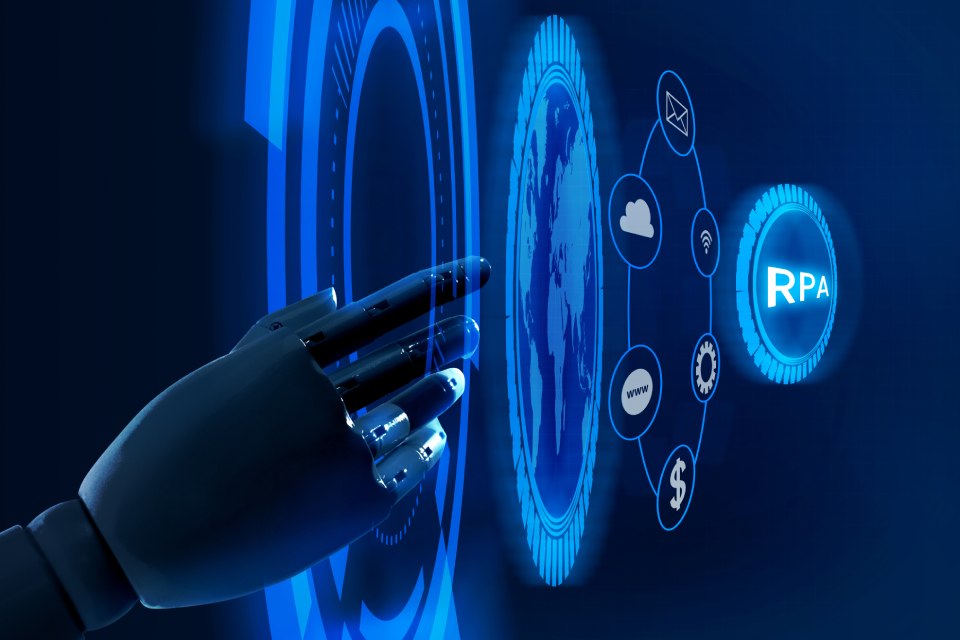Over the years, computer attacks have undergone different transformations and are now a major concern for companies around the world. The year 2019 marked a pivotal moment with the emergence of Ransomware-as-a-Service (RaaS). This trend has since affected thousands of companies around the planet. Even now, dark web markets offer a sinister plug-and-play protocol that allows even those with minimal technical skills to unleash devastating ransomware attacks in exchange for a ransom.
The seriousness of the matter has even led countries to declare a state of emergency. In the United States, several states have said it, and Costa Rica has also announced the entire country is in trouble due to an attack on these characteristics.
The issue is not minor, and these attacks cost companies millions of euros a year. According to industry studies, the average cost of a ransomware attack is $5.13 million. Therefore, more and more organizations have implemented security solutions to combat them.
How To Combat Ransomware?
Safeguarding your company from ransomware and other types of malware requires an agile response. Every second counts as the number of encrypted files and infected devices grows incessantly, increasing both the damage and the costs involved. In this context, SIEMs provide the ability to identify these threats quickly, allowing immediate and informed actions to be taken to prevent or minimize the impacts of the attack.
The Evolution Of Ransomware Protection
SIEM solutions against ransomware attacks have also evolved and now feature cloud-based SIEM solutions.
These act as a company’s digital gatekeepers, preventing errors by identifying potential security issues and improving the ability to detect threats. In addition, they use a type of monitoring that fits the needs of the organization.
These platforms simplify security operations, offering easier ways to monitor what is happening and automate processes to maintain security, thanks to intelligent algorithms that learn from the situation.
The Advantages Of Smart Protection
A cloud SIEM is based on the latest technologies, incorporating artificial intelligence and machine learning to offer enhanced security coverage and updated detection and responses against cybersecurity threats.
1. massive Data Processing Capacity
AI algorithms can analyze huge amounts of data almost instantly, enabling rapid detection of potential cyber threats in real-time.
2. Phishing Prevention
AI models in SIEM platforms can identify phishing attempts by analyzing the content of written communications, such as emails and messages, to detect compromised links and files.
The ability to identify AI patterns is essential to prevent social engineering attacks, responsible for 98% of attempted cyberattacks.
3. Update Of Security Compliance Protocols
By recognizing patterns based on norms and codes of behaviour, AI ensures that an organization’s security protocols comply with updated regulations.
AI tools identify compliance issues, generate reports on non-compliant activities, and ensure security practices align with current standards.
4. Construction On Historical Patterns Of Cyber Attacks
AI uses historical patterns of security breaches to develop a knowledge base about suspicious behaviour and unusual user activities.
AI algorithms access security incident reports from various sources, providing a comprehensive view of potential interdependent security events.
Also Read: Phishing In The Business Sector: How To Prevent It





